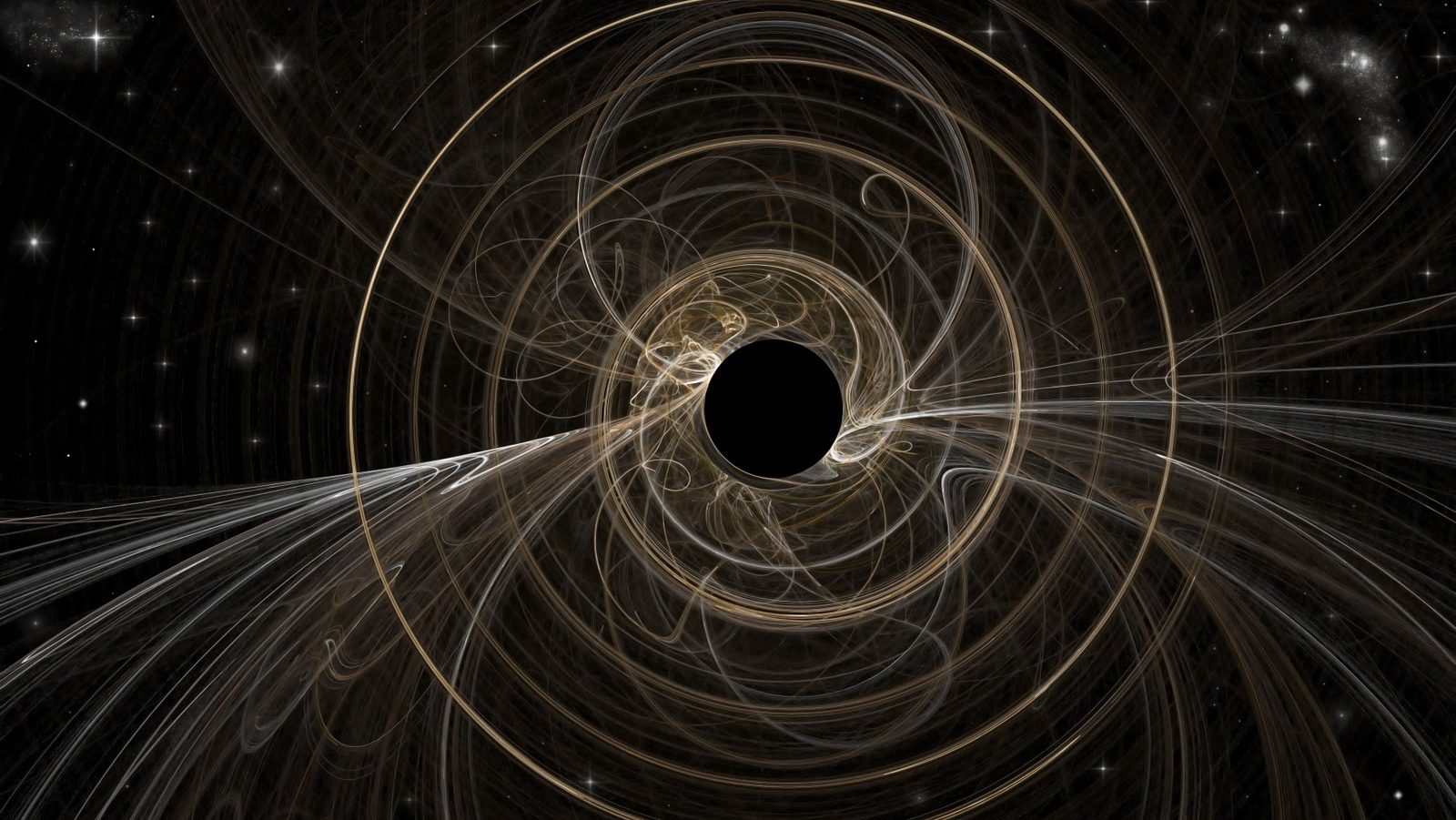One in three Americans are diagnosed in their lifetime with cancer, a derangement of normal cell growth in which cells grow in antisocial ways, crossing natural tissue boundaries.
Dr. Siddhartha Mukherjee: The term cancer covers over 100 different diseases. Starting with the biological definition what is cancer, what characteristics do these diseases share, Harold?
Dr. Harold Varmus: Well cancer is indeed a disease that can arise in virtually any of our tissues and virtually every cancer that arises is somewhat different from another, but there are commonalities and the most obvious is the fact that cancer represents a derangement of growth. Cells grow too much and they grow in antisocial ways. They cross normal tissue boundaries. They invade. They can grow in other places where they shouldn’t be growing. They often fail to differentiate the way normal cells will. There are my characteristics of cancer cells that have been identified in different tissues in which cancers arise, but the basic finding is a derangement of growth and a derangement of the normal ability of cells to stay in the places where they should be growing.
Dr. Siddhartha Mukherjee: Recently there has been an enormous degree of research on cancer. Has this definition begun to change of what cancer is?
Dr. Harold Varmus: The definition hasn’t so much changed, but the- but we’ve enlarged our sense of what cancer is about and we understand a great deal more about the basic mechanism that drives cells to behave inappropriately, to grow too much, to fail to die, to fail to differentiate, to fail to respond to signals all around cells that normally tell them to restrict growth and we now understand that many of those failures that cells exhibit when they become cancerous can be traced to mutations or to changes in the way genes are expressed, so we’ve enlarged dramatically our sense of what cancers are and we’ve changed our means of defining a cancer. A cancer is not simply a lung cancer. It doesn’t simply have a certain kind of appearance under the microscope or a certain behavior, but it also has a set of changes in the genes or in the molecules that modify gene behavior that allows us to categorize cancers in ways that is very useful in thinking about new ways to control cancer by prevention and treatment.
Dr. Lewis Cantley: Yeah, I can expand a little bit on that. So we say there is a hundred different cancers. That is based on pathology, what you can see in a microscope and even back in the 60s pathologists began to do what we now call molecular pathology. They don’t just look- stay in the tissue and look at it by eye. They look at chromosomes for example and so leukemia has broke out from a single leukemia to dozens of leukemias that are defined differentially based on what chromosomal change can be seen in a microscope and so we’re now taking it to an even deeper level where we can go in and sequence the entire genome of the cancer and these mutations keep giving us more and more subtypes, so breast cancer is going to be hundreds if not thousands of subtypes of breast cancers once we get to the actual molecular events that are going on, so it’s I think in a way this is good. It’s bad, but it’s good and the good thing about it is it kind of explains why no one type of cancer gets completely cured by a given drug or it’s relatively rare. You have some cured, some are not. They probably don’t really have the exact same disease and our previous classifications were not really detailed enough, so we can use the approach of divide and conquer, but it also means we need many more therapies than we currently have.
Dr. Harold Varmus: It’s probably good to understand though that while the subdivision is absolutely correct and every cancer has its signature there are commonalities and in many cases you can say yes there are hundreds of different cancer types that look the same. They look different genetically, but frequently there are commonalities that can be points of attack, mutations that act as drivers of the cancer behavior.
Dr. Lewis Cantley: Yeah, so hopefully we won’t need a thousand treatments.





